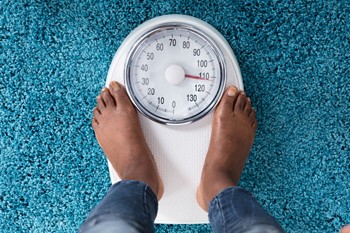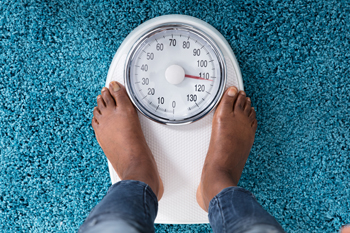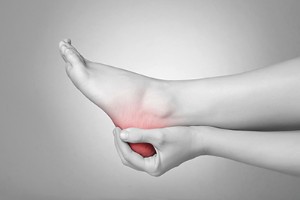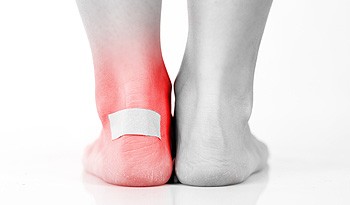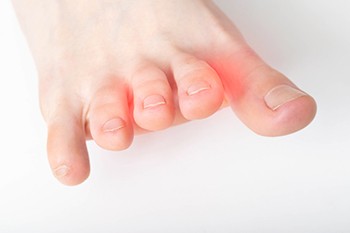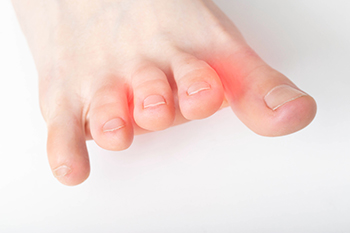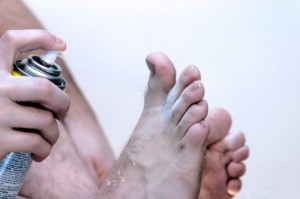There are many reasons for trying to lose weight. You may want to lower your cholesterol, bring down your blood pressure, increase your energy, or just feel more comfortable in your clothes. You can also add improving your foot and ankle health to the list. Being heavy can place a tremendous amount of strain on your feet and ankles, making you more likely to suffer from heel pain. Carrying excessive weight on your body can set the stage for conditions such as plantar fasciitis, heel spurs, hammertoes, bunions, flat feet, and more. You are also at an increased risk of developing systemic diseases that affect foot and ankle health such as diabetes and gout. While you are working hard to take that extra weight off, it is suggested that you consult with a podiatrist who has various methods of easing pain, while reducing pressure and distributing weight more evenly on your feet.
Obesity has become very problematic at this point in time and can have extremely negative effects on the feet. If you’re an obese individual and are concerned about your feet, contact one of our podiatrists from Biebel & DeCotiis Podiatry Associates. Our doctors can provide the care you need to keep you pain-free and on your feet.
Obesity and Your Feet
Since your feet are what support your entire weight when standing, any additional weight can result in pain and swelling. Being overweight is one of the main contributors to foot complications.
Problems & Complications
Extra Weight – Even putting on just a few extra pounds could create serious complications for your feet. As your weight increases, your balance and body will shift, creating new stresses on your feet. This uneven weight distribution can cause pain, even while doing the simplest tasks, such as walking.
Diabetes – People who are overweight are at serious risk of developing type-2 diabetes, which has a drastic impact on the health of your feet. As you get older, your diabetes might worsen, which could lead to loss of feeling in your feet, sores, and bruises. You could also become more prone to various infections.
Plantar fasciitis – Pressure and stress that is placed on muscles, joints, and tendons can trigger plantar fasciitis, which is an inflammation of tissue that forms along the bottom of the foot.
If you have any questions please feel free to contact one of our offices located in Holmdel and Middletown, NJ . We offer the newest diagnostic and treatment technologies for all your foot and ankle needs.
